Kehinde Wiley first came to Richmond in 2016 to present his exhibit A New Republic at the Virginia Museum of Fine Arts. On December 11, 2019, Wiley returned to Richmond.
One thousand men, women and children stood crowded under a gray and drizzly sky that was threatening to open up at any moment, but the air was full of excitement. Governor Ralph Northam and Mayor Lavar Stoney spoke of inclusivity and how to embrace the future. Wiley reflected on the artwork itself and the narrative he’s trying to create.
““The dignity it takes to be able to recognize the neighbor in front of you. Those people who don’t speak the same language or occupy the same cultural tendency. That state of grace is something to bow to.””
Wiley said his statue was not meant to honor one individual or culture. “Yes, I hired someone and I said, ‘please, hold this pose.’ But, then I looked at the faces of many African American men. It’s about a society that can include all of us. We should all be proud of what this America looks like.”
Wiley started receiving widespread recognition after painting the presidential portrait for Barack Obama in 2018. The inspiration to create Rumors of War came to Wiley two years prior while driving down Monument Ave. here in Richmond. For many citizens of Richmond, these monuments represent a painful history. Rumors of War is modeled after J.E.B. Stuart’s monument located at Stuart Circle at the intersection of Monument Ave. and Lombardy St. Erected in the early 1900s, long after the end of the Civil War, many feel this memorial is now worth discussing.
Wiley said of his work, “Simply by virtue of announcing on the same scale, in the same language, in the same bronze and stone that a young black man can be positioned in the same monumental language, it allows you to see someone who’s oftentimes relegated to the peripheries elevated to the status of an icon.”
“Language” and “position” are elements Wiley pays close attention to in all his work. And Rumors of War is not Wiley’s first equestrian portraiture. This subgenre of portraits features a subject on horse- back, usually a person of high status or nobility, to suggest a sense of chivalry. Wiley uses this appropriation to reveal what we as art viewers have traditionally seen as power and privilege in mainstream art and propaganda throughout history.
Bonaparte Crossing the Alps at Grand-Saint-Bernard by Jacques-Louis David
Napoleon Leading the Army over the Alps by Kehinde Wiley
A great example of this is Wiley’s Napoleon Leading the Army over the Alps (2005), which is an adaptation of Jacques-Louis David’s Napoleon Crossing the Alps (1800-1). Wiley’s well-executed oil on canvas painting first captures our attention in a familiar way, shedding light on what we understand and accept as authoritative: the posture, the light, the expression of the subject. He then includes fantastical elements: color, pattern and a young man wearing a bandana and Timberland boots in lieu of Napoleon Bonaparte. And when you learn Napoleon’s real crossing of the Alps was by mule days after his infantrymen, one might wonder: which painting is more misplaced? Or is this simply a different time and place in need of a new nobility and elevating the status of all? Can we change something unimaginable into the imaginable while creating a more tolerant and inclusive America?
Kehinde Wiley says yes. “The dignity it takes to be able to recognize the neighbor in front of you. Those people who don’t speak the same language or occupy the same cultural tendency. That state of grace is something to bow to.”




